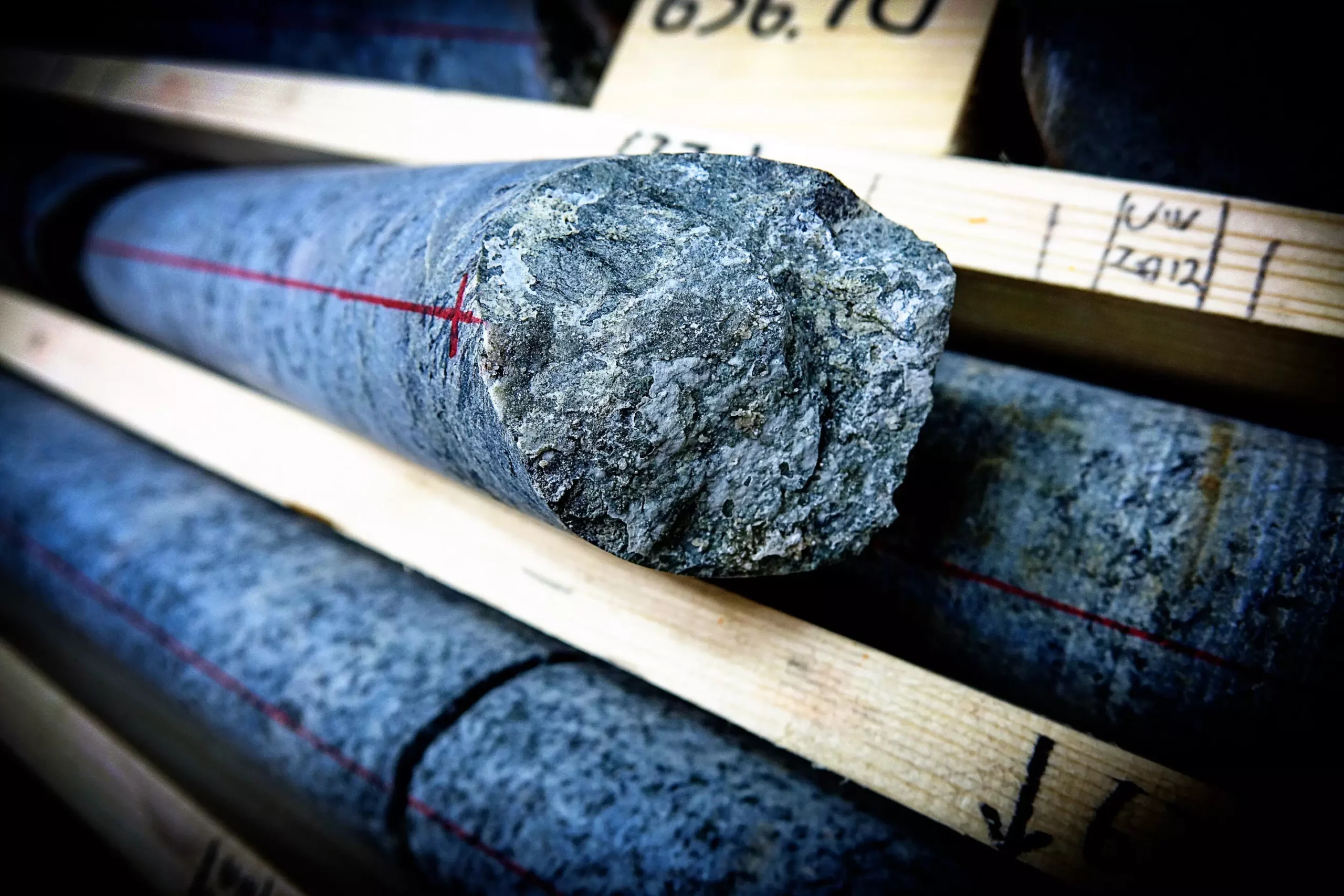Recent research unearthed in the esteemed journal Geochemistry, Geophysics, Geosystems reveals that microorganisms have thrived deep beneath Greenland’s surface for an astonishing 75 million years. This profound discovery sheds light on the deep biosphere—a world devoid of sunlight and dissolved oxygen. The significance of this biome is paramount, as it offers critical insights into the resilience of life and the various conditions it can endure. However, our understanding remains superficial; similar to peering through a pinhole into a vast, unexplored domain, we have only scratched the surface of the potential life forms that might inhabit such extreme environments.
The groundbreaking investigation was undertaken in western Greenland, where researchers drilled deep into the bedrock in a quest to explore this enigmatic habitat. The drilling revealed mineral deposits lining bedrock fractures, pointing to a rich geochemical history—essentially serving as time capsules that recorded ancient life. Henrik Drake, the study’s lead author and an Associate Professor at Linnaeus University, Sweden, elaborates on how they utilized high-resolution geochronology to uncover the ages of these microorganisms. By analyzing the decay of uranium into lead within calcium carbonate samples, they were able to establish a timeline for when life existed in such extreme conditions.
The findings suggest that the geological activities during the early stages of the Atlantic Ocean and Labrador Sea’s formation created networks of fractures in the bedrock. These networks likely provided pathways for microbial colonization, specifically species like sulfate reducers. This geological migration and the resultant colonization fundamentally alter our perception of life on Earth, indicating that the dynamics of tectonic shifts can foster, rather than hinder, biological evolution.
In addition to dating the microorganisms, the researchers employed biochemical analyses to unearth biological remnants from these ancient life forms. Distinct traces of bacterial fatty acids were preserved within the calcium carbonate crystals, acting as vital indicators of life’s persistence even in the harshest conditions. The presence of various sulfur isotopes in the mineral compositions of the bedrock fractures added another layer of complexity to the findings. These chemical ‘fingerprints’ allow scientists to map the interactions between geology and biology through eons of time.
Broader Implications for Astrobiology
These findings extend beyond Earth, drawing interest from astrobiologists probing the potential for life on other planets. If microorganisms can adapt to thrive in Greenland’s inhospitable depths, it opens the door to the possibility that similar life forms could exist in extreme environments elsewhere in the cosmos. The study of the deep biosphere reminds humanity that life is resilient and adaptable and raises vital questions about the boundaries of life beyond our planet.
By piecing together this intricate history, researchers are not only exploring the past but also expanding the horizons of our knowledge about life’s potential in extreme environments. The exploration of these hidden realms in Greenland continues to unveil the remarkable adaptability and longevity of life on Earth, igniting curiosity and discussion that extends into the future.

